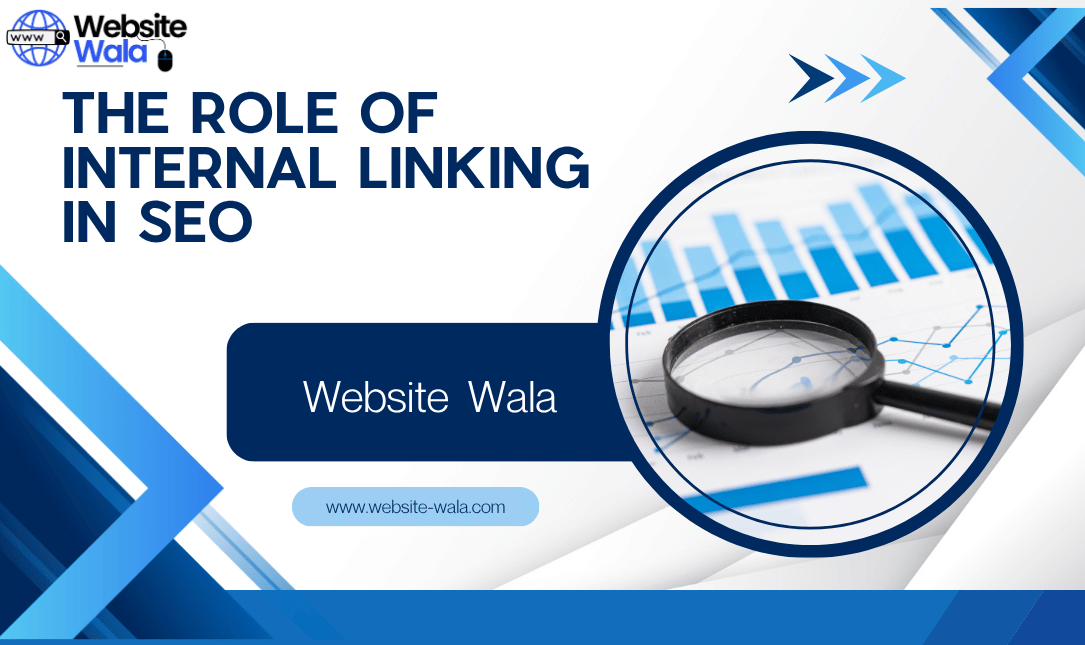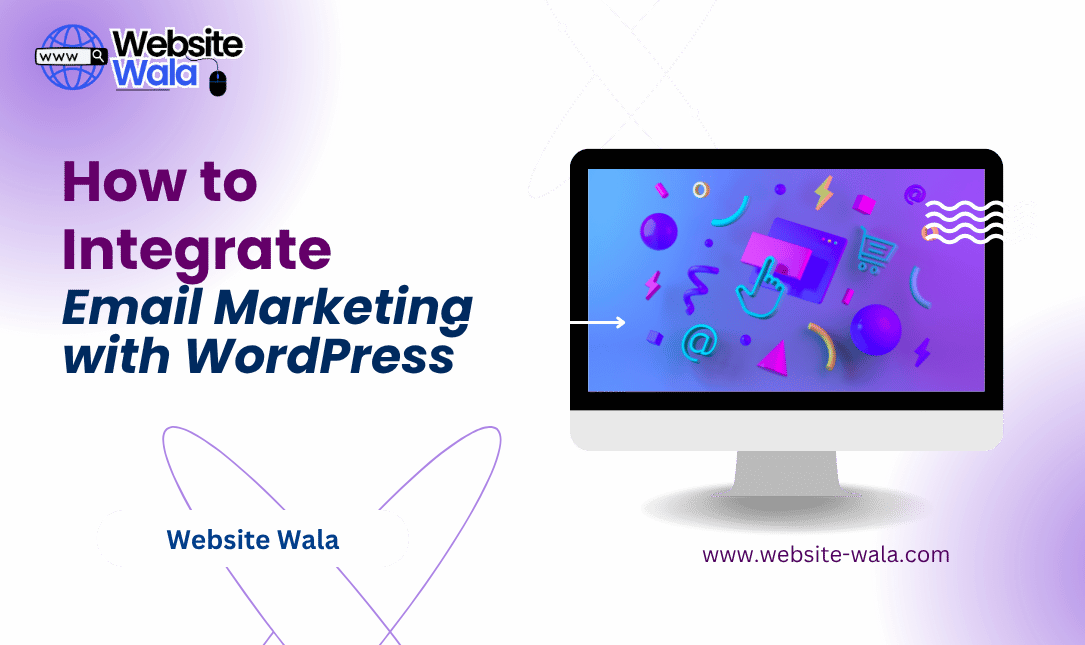
Discover The Role of Internal Linking in SEO and how a well-planned internal linking structure boosts website ranking, content indexing, and SEO improvement.
The Role of Internal Linking in SEO
In the competitive world of digital marketing, understanding The Role of Internal Linking in SEO is crucial for improving website visibility and ranking. Internal linking serves as the backbone of an effective search engine optimization (SEO) strategy. It helps users navigate your site more easily while guiding search engines to understand the hierarchy and importance of your website content. In this detailed guide, we’ll explore what internal linking is, why it matters, and how you can optimize your internal linking structure to achieve better SEO improvement and higher website ranking.
What Is Internal Linking?
Before diving deeper into The Role of Internal Linking in SEO, it’s important to understand what internal linking actually means. Internal linking refers to hyperlinks that connect one page of your website to another page on the same domain. These links help users discover related content and allow search engines to crawl your site more efficiently.
For instance, when you link a blog post about “keyword research” to another about “on-page optimization,” you’re using internal links to create a logical pathway for both readers and crawlers. This strategy enhances content indexing and improves search engine discovery across your entire website.
Why Internal Linking Matters for SEO
1. Enhances Website Navigation
A well-planned internal linking structure improves user experience by guiding visitors to related articles or resources. When users can easily navigate through your content, they spend more time on your site — a positive signal for search engine optimization. The easier it is for visitors to explore your pages, the higher your chances of increasing engagement metrics that contribute to website ranking.
2. Boosts Search Engine Discovery
One of the core aspects of The Role of Internal Linking in SEO is facilitating search engine discovery. Search engines use bots, also known as crawlers, to navigate websites and find new pages. If a page isn’t linked internally, it’s difficult for crawlers to find and index it. By building a smart internal linking structure, you ensure that every important page gets discovered and indexed, maximizing your website optimization efforts.
3. Distributes Link Equity
In SEO, link equity (sometimes called “link juice”) refers to the value that one page passes to another through links. Internal linking allows you to distribute this equity throughout your site strategically. High-authority pages can share their value with newer or lower-ranking pages, leading to overall SEO improvement and a stronger website ranking.
4. Improves Content Relevance and Context
When used correctly, internal linking provides context to both users and search engines about the relationship between different pages. By linking to related topics, you establish topical relevance and authority. This not only strengthens your search engine optimization strategy but also enhances the user’s understanding of your website content.
The Role of Internal Linking in SEO: Key Benefits
Understanding The Role of Internal Linking in SEO means recognizing its numerous benefits beyond navigation and indexing. Below are some critical internal linking benefits that contribute to a powerful website optimization strategy.
1. Improved Content Indexing
Internal linking plays a major role in content indexing. By creating connections between various pages, you help search engines like Google understand the structure of your site and index your pages more effectively. The more efficiently your pages are indexed, the better your chances of appearing in relevant search results.
2. Increased Page Authority
Strategic internal linking can elevate the authority of specific pages. By linking to key pages frequently, you signal their importance to search engines. This can significantly improve those pages’ website ranking and visibility in search results.
3. Enhanced User Experience
Good internal linking leads users through a logical flow of content, keeping them engaged longer. When users find helpful, related resources on your site, they’re more likely to trust your expertise and return for future visits — another indirect factor that supports SEO improvement.
4. Reduced Bounce Rate
When your site contains effective internal linking, users are encouraged to explore more pages rather than exiting after viewing just one. This behavior lowers your bounce rate and increases session duration, two metrics that search engines consider when evaluating website optimization quality.
How to Build a Strong Internal Linking Structure
To truly leverage The Role of Internal Linking in SEO, you must create a strategy that is intentional, relevant, and user-friendly. Here’s how:
1. Use Descriptive Anchor Text
Anchor text is the clickable text in a hyperlink. For better SEO, make your anchor text descriptive and relevant to the linked page. Avoid generic phrases like “click here.” Instead, use meaningful text such as “learn more about search engine optimization strategies” or “guide to link building techniques.”
2. Link to Relevant Pages
Relevance is key to strategic internal linking. Always link to content that adds value and context for the reader. Irrelevant links not only confuse users but also weaken your internal linking structure in the eyes of search engines.
3. Maintain a Logical Hierarchy
Your site should follow a clear hierarchy — from homepage to category pages to individual articles. Each level should support the next, creating a cohesive internal linking framework that simplifies search engine discovery and user navigation.
4. Update Old Content Regularly
As you publish new content, revisit older posts to include links to newer pages. This keeps your internal linking structure dynamic and ensures all content stays interconnected, improving content indexing and SEO performance over time.
5. Avoid Over-Linking
While internal linking is beneficial, overdoing it can harm your SEO. Too many links on a single page dilute link equity and can make your content look spammy. Focus on adding only relevant and valuable links that enhance the reader’s experience.
Strategic Internal Linking for Long-Term SEO Success
Strategic internal linking is not a one-time task — it’s an ongoing process that evolves with your content strategy. Each time you publish new website content, consider how it fits into your overall internal linking structure. Identify opportunities to connect related topics, guide users deeper into your site, and improve search engine discovery.
Over time, this strategy will result in better content indexing, increased authority, and sustainable SEO improvement. The key is consistency — continuously refining your internal linking approach based on data, analytics, and user behavior.
Common Mistakes to Avoid in Internal Linking
Even though The Role of Internal Linking in SEO is vital, many website owners make errors that undermine its effectiveness. Avoid these pitfalls:
-
Using irrelevant anchor text: It confuses both users and search engines.
-
Linking only to top pages: This neglects newer or deeper pages that need visibility.
-
Ignoring broken links: Broken internal links hurt user experience and website optimization.
-
Failing to update links: Regularly audit your site to ensure all internal links are active and relevant.
By steering clear of these mistakes, you can maintain a healthy and effective internal linking structure that supports your SEO goals.
Final Thoughts on The Role of Internal Linking in SEO
Understanding The Role of Internal Linking in SEO is essential for anyone serious about improving their website ranking and overall search engine optimization. Internal links act as digital pathways that help users and search engines navigate your site more efficiently. With strategic internal linking, you can boost content indexing, enhance user engagement, and strengthen your link building strategy — all leading to measurable SEO improvement.






















